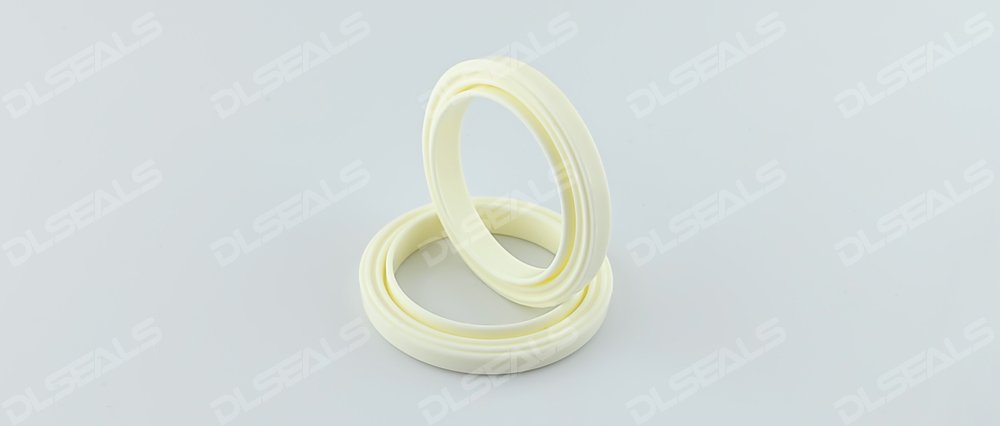
Today, as environmental regulations are becoming increasingly stringent, rubber seals are key components in many industrial applications, and their material selection and application trends are also evolving. In order to meet environmental protection requirements, companies need to pay attention to the material selection of rubber seals and their application trends in different fields. This article will explore in depth the material selection guide for rubber seals under environmental protection requirements and analyze their future application trends.
1. The impact of environmental protection requirements on the selection of rubber seals
1. Background of environmental regulations
With the increasing global attention to environmental protection, many countries and regions have introduced strict environmental regulations. These regulations not only restrict the use of hazardous substances, but also promote the research and development and application of green products. As an important part of mechanical equipment, the production and use of rubber seals are also affected by these regulations.
2. The rise of green materials
Driven by environmental protection requirements, green materials have become the first choice for rubber seals. The following are some rubber materials that meet environmental standards:Natural rubber: natural latex from rubber trees, with excellent elasticity and wear resistance. Natural rubber has a relatively low carbon footprint during the production process and is an environmentally friendly material.Synthetic rubber: such as fluororubber (FKM), silicone rubber (VMQ), etc., these materials can reduce the emission of harmful substances during the production process.Bio-based rubber: Bio-based materials extracted from plants, such as bio-based synthetic rubber, can reduce dependence on petroleum resources and reduce carbon emissions.
3. Rubber seals that meet environmental standards
Choosing rubber seals that meet environmental standards can not only help reduce environmental pollution, but also enhance the market competitiveness of products. Seals that meet standards such as RoHS (Restriction of the Use of Certain Hazardous Substances Directive) and REACH (Registration, Evaluation, Authorization and Restriction of Chemicals) can ensure that the product will not release harmful substances during use.
2. Application trends of rubber seals
1. Growing demand for high-performance seals
With the advancement of industrial technology, the demand for the application of seals in high temperature, high pressure and chemical corrosion environments is increasing. For example, new energy vehicles, aerospace and medical equipment and other fields have extremely high performance requirements for rubber seals. This has promoted the development of high-performance sealing materials, such as fluororubber and silicone rubber, which are increasingly widely used in these fields.
2. Sustainable development trends
Green production and sustainable development have become the trend of global industrial development. Manufacturers of rubber seals are actively adopting recyclable materials, energy-saving processes and methods to reduce waste generation. In addition, recycling and reprocessing old rubber seals has also become an important environmental protection measure.
3. Intelligence and digitalization
The application of intelligent technology is changing the design and manufacturing of rubber seals. For example, the use of sensor technology can monitor the status of seals in real time, thereby early warning and preventing failures. This technology not only increases the service life of seals, but also reduces maintenance costs.
4. Increased demand for customization
With the diversification of industrial applications, customers’ demand for customized rubber seals is also increasing. Manufacturers need to provide personalized solutions based on specific application environments, working conditions and customer needs to meet the sealing requirements in different scenarios.
III. Conclusion
Against the background of increasingly stringent environmental protection requirements, the selection and application of rubber seals are undergoing profound changes. Enterprises need to pay attention to the selection of green materials, production processes that meet environmental standards, and future application trends to cope with changing market demands. By adopting rubber seals that meet environmental protection requirements, not only can the impact on the environment be reduced, but also the overall performance and market competitiveness of the product can be improved.
In the future, with the development of technology and the improvement of environmental awareness, the selection and application of rubber seals will continue to innovate and contribute more to the sustainable development of the industrial field.
Post time: Aug-27-2024
